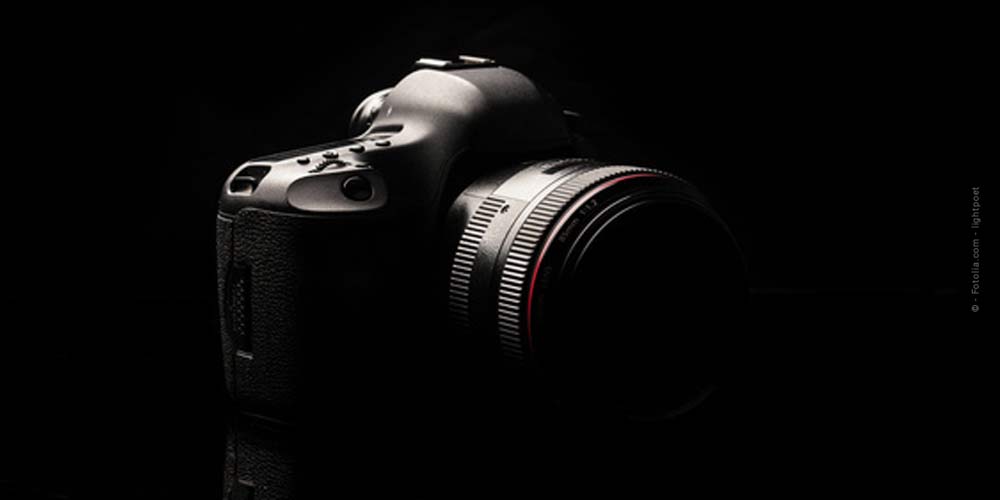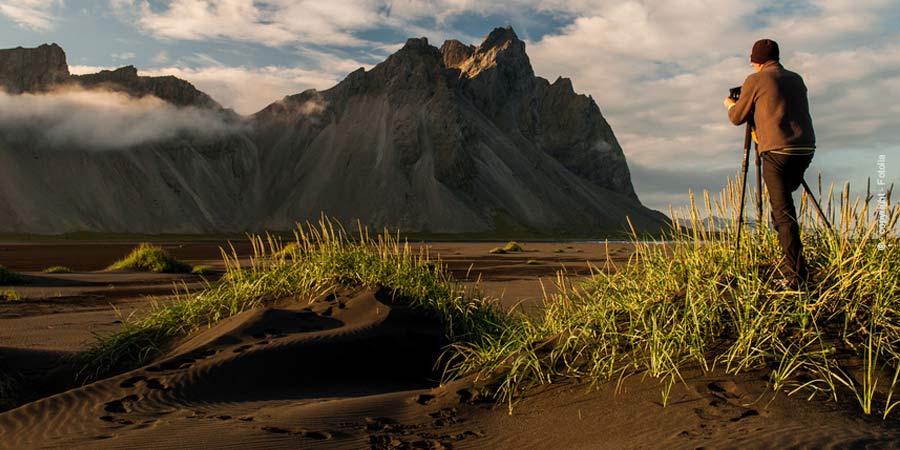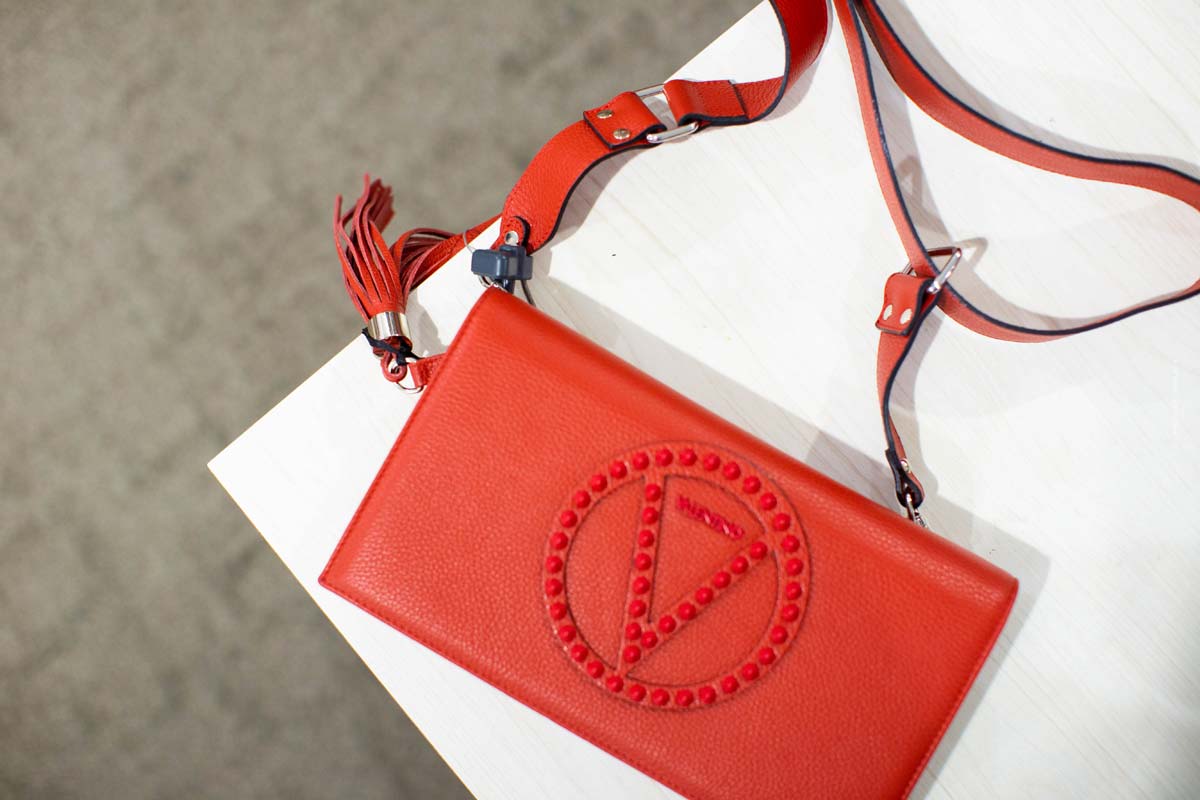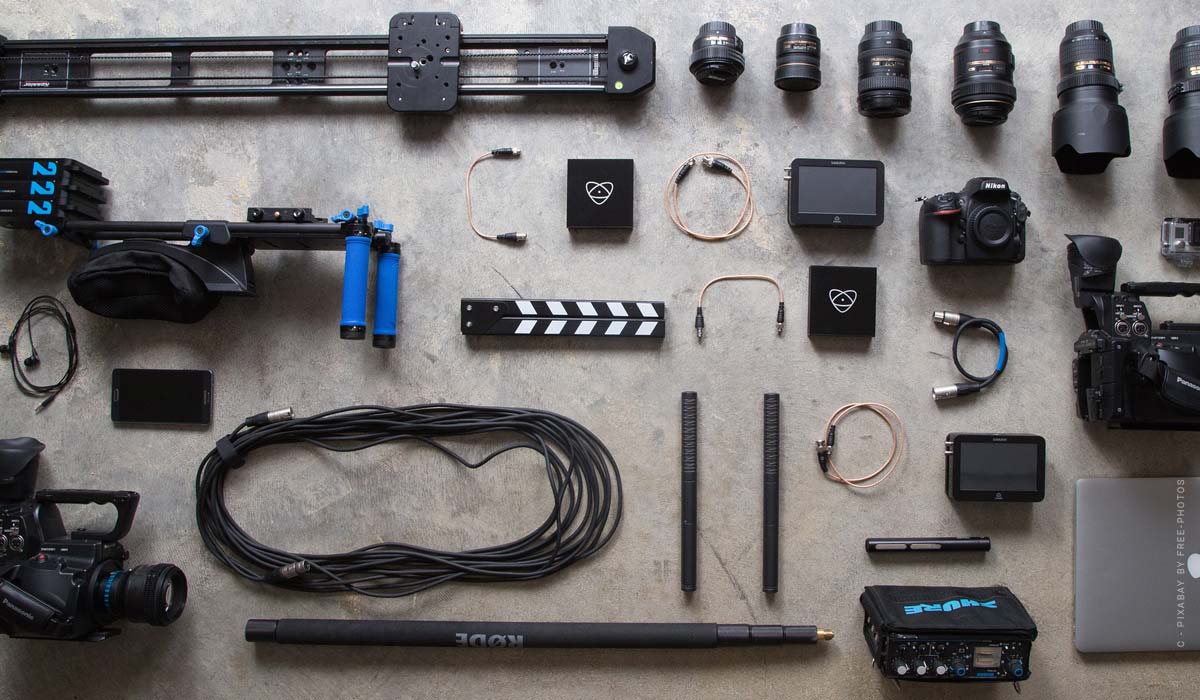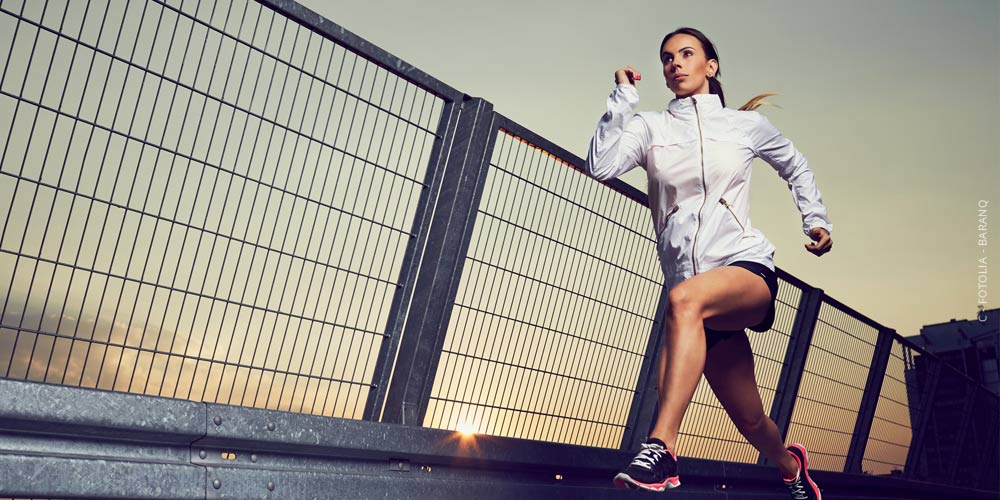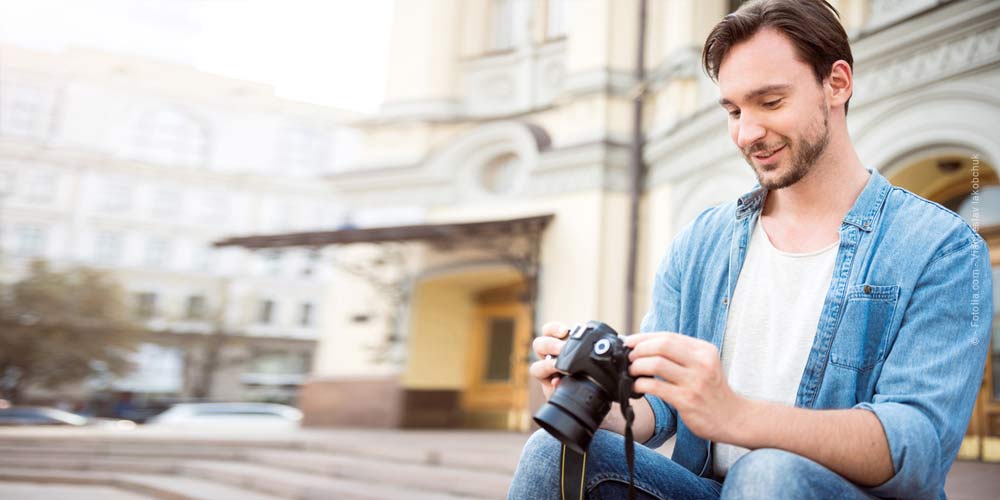Setting sizes: Total, close-up, close-up – what is the right size?
The photographer uses the setting size to determine how small or large an object is captured. For a close-up, the camera is brought as close as possible to the object, for smaller shots it remains further away. Roughly, the eight most frequently used proportions are labelled. However, there is no truly uniform definition.
The eight setting sizes in photography and filmography
The eight approximate size designations are the same for both still and moving images:
Panorama (Supertotals)
At this widest setting size, an object is represented in relation to its surroundings, with the optical goal of representing the location of an object or person. Objects can be a person on a sidewalk, an animal on the playground, or a house on the side of the road. The panorama shot is chosen next to the focus on the location in order to create an emotional feeling of vastness, loneliness or infinity in the viewer. In such an environment, the actual subject of the shot looks almost as if it has accidentally entered the picture, in any case very small.
Total
Even with this setting size, the actual subject remains small in relation to the surroundings. The aim of total photography is to make an event appear more vivid. People are bigger than to be seen in the panorama, but also here rather embedded in the much more comprehensive photographed surroundings. In film, the movement of several shots in this setting size helps the viewer to relate to a rather unapproachable object (or person). With photographs, a good shot in the long shot also creates an atmospheric way of looking at things.
half total
The focus of a shot in the so-called semitotals is clearly on the object, but in a clearly recognizable relation to the surroundings of the shot. Persons can be seen here from head to toe, and the facial expression is also given an important importance for the adjustment size of the semitotals. The aim of the semitotals is the depiction of body language and also on photographs a moving feeling of the person depicted.
Semi-near
With this setting size, a person is only recorded up to the hip. In the rest of the picture the environment is emphasized. Since the camera works in the “half-near” from a short distance, the facial expression of a face can be seen very well. The body language can influence the mood of the picture to a certain extent, but is rather secondary.
American Setting
In the film, people are photographed up to their knees. In photography, the American setting is used less frequently because the semi-close is similar and better for still images. But also here the person is embedded in the clearly photographed photo environment.
Italian Setting
No good Italo-Western would be conceivable without the correspondingly long and intensive representation, especially of the eyes. For photography, too, eye expression can be an artistic stylistic device, precisely because eyes can “speak” and thus unconsciously a direct interaction between photography and viewer arises.
Far
This setting size has portrait character. The camera is so close to the person that they are photographed from head to chest with focus on the body language of the face. The environment is often in the bokeh, so blurry and as if by chance to be seen.
large shot
The focus of such portrait photos is on the facial features in such a way that in some cases only the face is photographed and the upper part of the head looks cut. But also complete photos with cap and hairstyle down to under the chin count to the setting size close-up. In film, but also in photography, individual images of feet or hands are assigned to the close-up.
Detail shot
Only one mouth, only one eye, or a piece of an arm are the goal of a detailed photograph. The camera must zoom so close to the person that neither the surroundings nor other parts of the body can be seen in the picture. This visual representation is unnatural, but due to the recognizable details it is emotionally appealing. Because the extra emphasized detail can be extremely expressive.
Result: The setting size affects the mood of each image
With the help of the correct setting size, photographs appear more vivid. The mood to be created by the image is created by choosing the right distance between camera and object. Especially those settings sizes with close-ups of people can be of very intense expressiveness.
